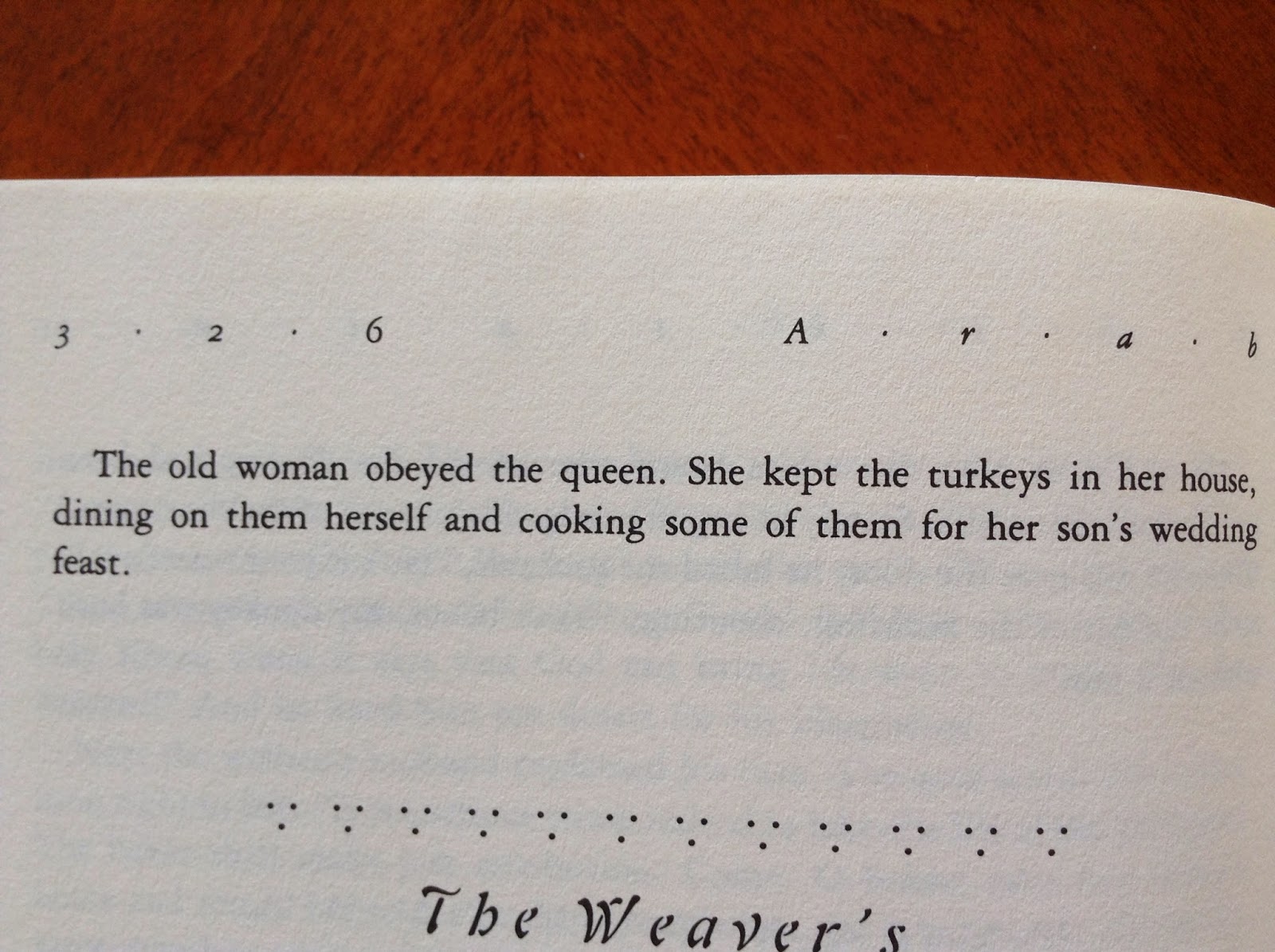After seven posts with almost consistent reference to war, it is time to lighten the mood and wrap things up with homemade treats, family and friends and ultimately what I have been writing about these past few weeks, peace. Peace through cooking, feeding and socialising with those I love.
As promised, I will embark on preparing and cooking some classic Middle Eastern dishes to wrap up the blog thus far. Hummus and flat bread play a central role in Middle Eastern meals as well as in Greek and other Mediterranean cuisines so I concluded that they will be familiar, and hopefully enjoyable, to all who will be sharing my feast. Along with this I will make date and cinnamon cakes, which are not as popular in Middle Eastern tradition as the honey and almond cake doused in syrup, but I'm not one for overly sweet and sticky desserts.
 Hummus Recipe:
Hummus Recipe:One tin of chickpeas
Juice of one lemon
1 tsp ground cumin
2/3 tbsp tahini paste
2 large garlic cloves
2 tbsp olive oil, plus more for serving
1/2 tsp salt- optional
1/2 tsp sugar- optional
Combine ingredients in a blender and
alter to taste. The consistency should be a smooth, thick paste.
My mother contributed by making the
flatbread (since mine always resembles a hard rock):
Flatbread Recipe:
100g plain flour
100g spelt flour
1tsp salt
1tsp ground coriander
water to bind
Mix the dry ingredients together in a large bowl and then add the water slowly until a dough has formed. Split the dough into 4 or 6 depending on how large or small you want the individual bread to be. Roll the dough out thinly. Cook both sides on a dry, non-stick pan on a high heat. When brown bubbles appear, remove the bread from the pan.
Flatbread Recipe:
100g plain flour
100g spelt flour
1tsp salt
1tsp ground coriander
water to bind
Mix the dry ingredients together in a large bowl and then add the water slowly until a dough has formed. Split the dough into 4 or 6 depending on how large or small you want the individual bread to be. Roll the dough out thinly. Cook both sides on a dry, non-stick pan on a high heat. When brown bubbles appear, remove the bread from the pan.
My mother topped the bread with freshly chopped onion, tomatoes, garlic, olive oil and Parmesan cheese, forming a hybrid bruschetta. Her choice in doing so endorses some of my earlier posts about Middle Eastern and Mediterranean cuisines sharing dishes and tastes, which unifies East and West in an important way. After all, what is more important than food?
Cinnamon and Date Cake Recipe:
(I converted the large cake into
cupcakes and made 12-14 with this mix. I was also incredibly lazy and put
everything into a blender rather than using an electric whisk, but for the
perfect sponge follow the written method)
100g Self raising flour
50g sugar
3 eggs
100g butter
3 tsp Cinnamon powder
30g Dates
30g Dates
(1 tbsp cocoa powder-optional)
Beat sugar and butter together in a bowl until pale and creamy. Add eggs and flour and whisk together until all ingredients have combined. Add the cinnamon and whisk it in. Fill the cupcake cases (or a large cake tin if you prefer) until 3/4 full. Finely chop the dates, add them to the remaining mix (and the cocoa powder if you wish to) and blend with electric whisk until evenly combined. Spoon the mixture on top of the cake mix that is already in the cases. Bake for 25 minutes. Check if the cakes are done by sticking a metal skewer through the middle and if the skewer comes out clean, then they are done. Leave on a rack to cool.



















